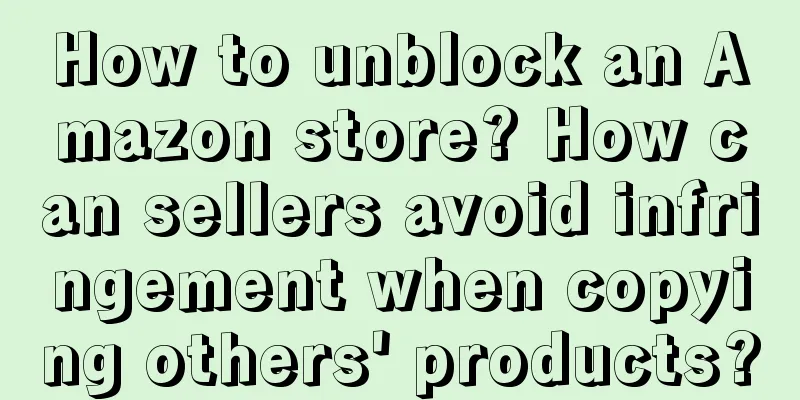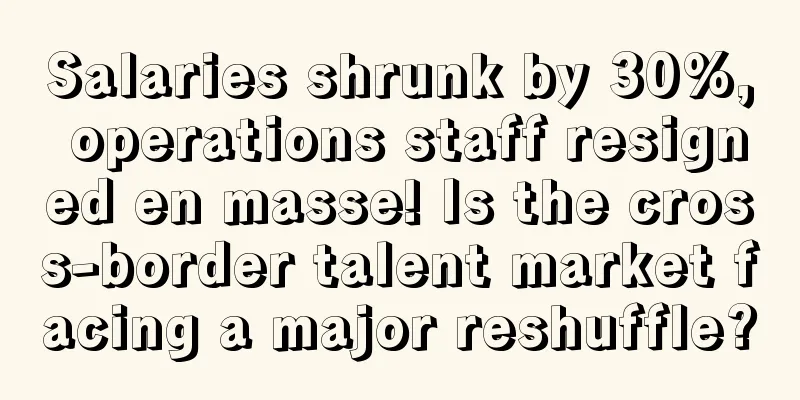What is the Amazon Flywheel Theory/Effect? Amazon Flywheel Theory/Effect Review

The "flywheel effect" means that the various business modules of a company will organically promote each other, just like meshing gears driving each other. At first, it takes a lot of effort to go from static to rotation, but every effort will not be in vain. Once it starts to rotate, the gears will turn faster and faster. English Flywheel Effect Chinese Flywheel Effect Applicable Platform AmazonAmazon flywheel theory visual diagramYellow part (Growth): is the core of business growth Selection: Includes the selection management system and Amazon's product catalog Customer Experience: This one needs no explanation Traffic: also easy to understand Sellers: Number of third-party sellers Lower cost structure Lower price Simply put, Amazon's flywheel theory model is to use lower prices to attract more customers, attract more third-party sellers, and thus drive more choices and lower costs. More choices will of course attract more customers, and so on, which will create a "virtuous circle." Analysis of the Flywheel Theory1. The driving force behind the rapid operation of the entire gear set: Prime-Amazon's membership serviceThe Prime business can bring huge traffic to Amazon and greatly improve customer loyalty. The most direct impact is that Amazon members have much higher purchase frequency and purchase amount than non-members. The more users buy and consume, the more worth it is. 2. Marketplace-third-party seller platformWhen Amazon has enough customers, more third-party merchants will be willing to open stores on Amazon. With a large number of loyal consumers and third-party sellers, Amazon's bargaining power will be enhanced, and it will reduce costs when purchasing, thereby passing the benefits to consumers. Consumers can buy more high-quality and low-priced products on the Amazon platform, so they will continue to remain Prime members, and there will also be a steady stream of new members joining. As a result, third-party sellers will find that Amazon's self-operated bargaining power is so strong that it is cheaper than their own, so they can only choose to cut costs. At this time, Amazon will take the opportunity to provide third-party sellers with a full set of logistics, warehousing and system storage FBA (Fulfillment By Amazon) services. When third-party sellers use FBA services and store their goods in Amazon's logistics center, the delivery time is guaranteed, so they can also be included in the range of options for Prime members. As a result, the range of products available to Prime members is further expanded, and this membership is more valuable. When Amazon handles enough goods every day, the cost of logistics itself will also decrease. 3. AWS-Amazon's cloud serviceAny merchant or third-party company can put their entire system on AWS. In this way, you not only sell goods on Amazon, but also use Amazon's FBA service for logistics, and run your own IT system on AWS. It will be extremely difficult to leave Amazon. The Logic of the Flywheel EffectThe more products there are, the more choices customers have; the more choices customers have, the more membership services they purchase; the more people purchase memberships, the more frequently and in what amounts they spend; the more frequently and in what amounts they spend, the more Amazon will push prices down on suppliers; the more Amazon pushes prices down, the more customers will profit... This flywheel keeps spinning, and has made the Amazon empire flourish for twenty years. What should sellers do?1. Product selection and convenience: As sellers, we have objectively enriched our product selection, and providing convenience to consumers is a point that sellers should consider in their operations. Optimize product titles to make the titles more closely match the actual items, carefully fill in the five-line features so that consumers can get more detailed product attribute content and core parameters at a glance in addition to the titles, and design pictures so that pictures can better and more intuitively display the real objects, achieving what you see is what you get and detailed display. These are all conveniences that sellers should provide to consumers from their own level. 2. Customer experience: In addition to doing a good job on the product level, as a seller, you must always consider the perspective of consumers and provide consumers with a better customer experience. I know that as Chinese sellers, especially those who are new to the cross-border e-commerce industry, they may feel that Amazon's requirements for sellers seem too harsh from many aspects. The reason for this feeling is largely because they do not understand Amazon's thinking. A satisfied customer may affect 8 people around him, while an unsatisfied customer may affect 120 people to stay away from you after multiple levels of communication. It is a terrible number, but it truly reflects the logic of business. It is recommended that sellers who cannot understand and accept Amazon's unconditional customer satisfaction service guidelines for sellers may wish to shop on the Amazon China platform a few times, or even have a few unconditional returns, to experience the requirements and feelings of being a buyer. 3. Lower prices: If you are still focusing on following sales as the core of your operation, you must seriously understand Amazon’s logic of following sales. Everything is to provide customers with lower prices and to make it more convenient for consumers to compare prices. Therefore, when you have this level of thinking, you will gradually stop complaining about price competition and actively respond to it. References
|
<<: What is DHgate? DHgate Review
>>: What is Ocean Freight? Ocean Freight Review
Recommend
What is Chaoxi International Logistics? Chaoxi International Logistics Review
Xiamen Chaoxi International Freight Forwarding Co....
What is equity incentive? Equity incentive evaluation
Equity incentive, also known as option incentive, ...
Amazon sued by female employee: She was unfairly fired for going to the bathroom 6 times a day!
It is learned that according to foreign media repo...
More than 90% of CE certificates are fake! Just now, the EU officially issued a warning...
Recently, the European Safety Federation (ESF), th...
Amazon releases new compliance requirements! Products will be removed from shelves after June
Recently, Amazon released a new compliance policy...
High inflation leads to consumption downgrade, and Americans flock to the Internet to buy low-priced goods
According to foreign media reports, the continued ...
What is Zon.Tools? Zon.Tools Review
Zon.Tools is an Amazon PPC automation management t...
The seller created his own fancy lsiting label display method!
Recently, a seller was browsing the Amazon front ...
Brexit deadline! Changes for European sellers
On January 31, 2020, the UK will leave the EU and...
How to get top rankings on Amazon ads
Amazon's A10 search engine algorithm is respo...
What is Tengbang? Tengbang Review
Founded in April 1998, Tempus is a Chinese nationa...
What is Amazon Buyer Voice? Amazon Buyer Voice Review
The Voice of the Customer is a new performance ind...
What is The phifer group? The phifer group review
The phifer group provides professional language tr...
Breaking news! HMM was hacked, and mail systems in many places were paralyzed! Suspected of colluding to manipulate freight rates, fined by the Korean antitrust agency!
HMM's ocean mail system attacked by hackers So...
Walmart opens second high-tech distribution center to speed up order delivery
Walmart will open a 2.2 million square foot distri...









